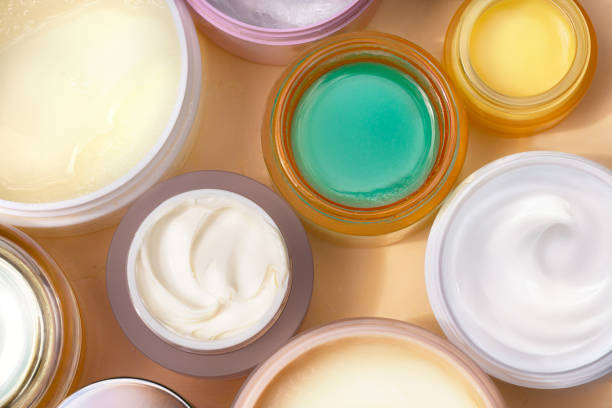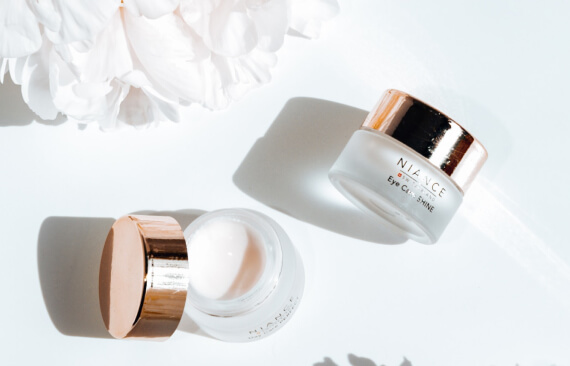Navigating the world of
retinol can be daunting, yet choosing the right product is a transformative step in any scientifically-grounded strategy to prevent wrinkles. As a derivative of Vitamin A,
retinol remains the gold standard in topical anti-aging, renowned for its unparalleled ability to accelerate cellular renewal, unclog pores, and, most importantly, stimulate the skin's own production of collagen. However, its efficacy is entirely dependent on selecting an appropriate formulation and integrating it thoughtfully into a routine that supports and protects the skin throughout the process.The first critical choice involves the product's concentration and formulation. For those new to retinol, beginning with a low concentration, typically between 0.01% and 0.03%, is paramount to allow the skin to build tolerance without experiencing significant irritation, redness, or peeling. These beginner-friendly formulations are often found in gentle creams or serums that include soothing agents like niacinamide or ceramides to buffer the initial effects. As the skin adapts over several weeks, one can gradually consider progressing to a medium strength of around 0.05%. It is crucial to remember that more is not always better; consistency with a well-tolerated percentage yields far superior long-term results to sporadic use of a potent formula that compromises the skin’s barrier.The vehicle of the
retinol product is equally important. Cream-based formulas are generally more suitable for
dry or sensitive skin types, as they provide additional emollience, while lighter lotions or serums may be preferable for those with oilier complexions. Regardless of the chosen product, its application must be followed by a dedicated supporting cast. A rich, reparative moisturizer is essential to combat the dryness associated with
retinol use, and the non-negotiable daily use of a high-SPF, broad-spectrum sunscreen is absolutely critical. Retinol increases the skin’s photosensitivity, making diligent sun protection the essential partner that allows this powerful ingredient to work effectively and safely, ensuring its regenerative efforts are not undone by new UV damage.


